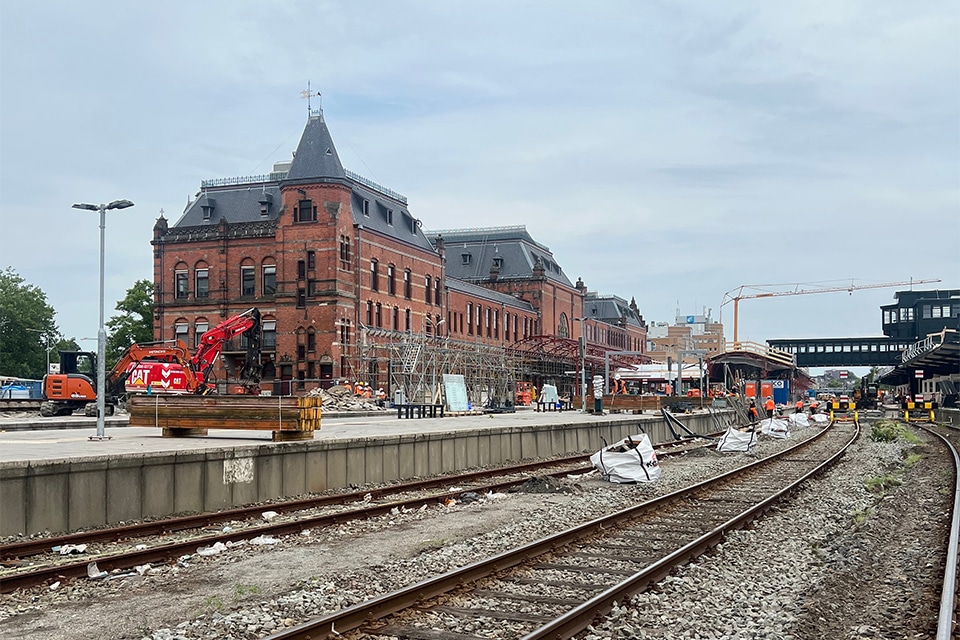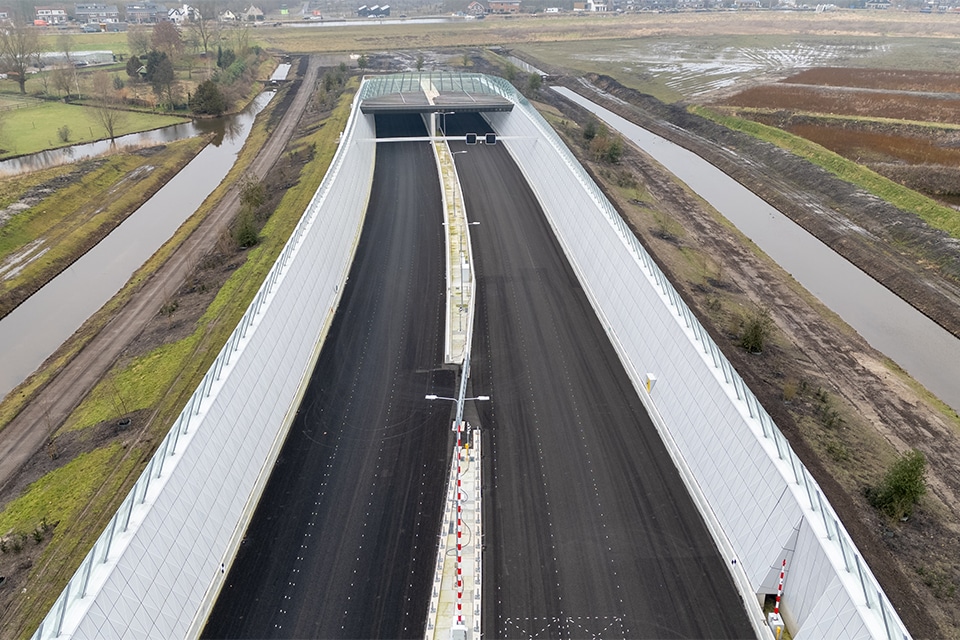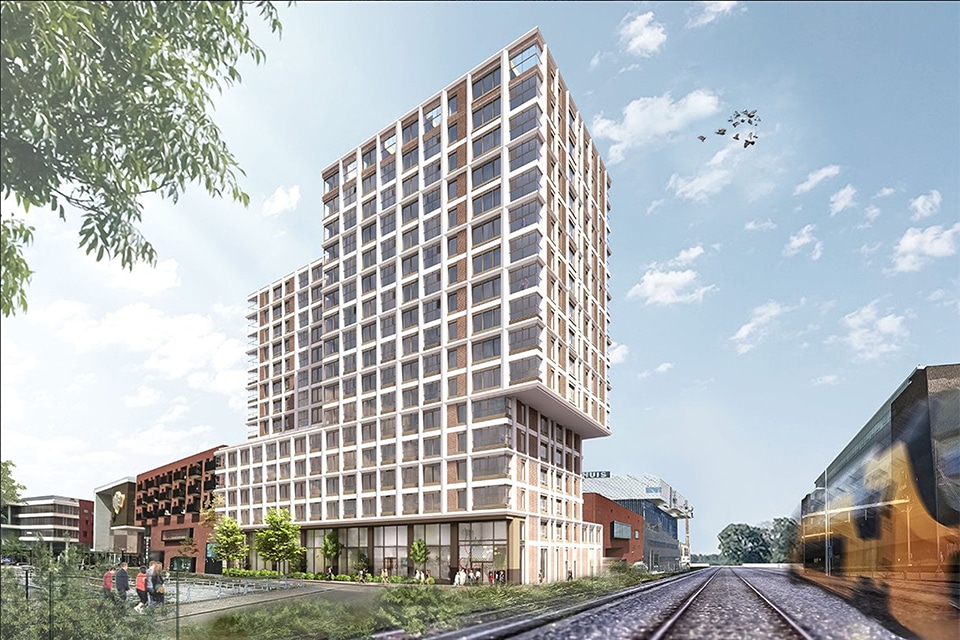
Pumpable poured screed for expansion Paleis Het Loo
For various technical reasons, it was not possible to use a traditional sand-cement screed for the underground expansion of Palace Het Loo. Therefore, the pumpable poured screed eco2floor was already prescribed in the specifications. An alternative that, according to Mirjam Rubingh of producer Ecocem Benelux, offers many more advantages in practice, both in terms of processing, sustainability and later in the exploitation phase.
The underground extension of 5,000 m2 has been newly added and will soon form the main entrance to the 17th century palace. "Because of the structure, height and limited amount of dilatations, a traditional screed could not be used," Rubingh says. "For eco2floor, on the other hand, none of that is a problem. Moreover, one can process many m2 in one day, also in high layer thicknesses. The poured screed exhibits less shrinkage (so fewer dilatations are required), is quickly walkable (after 24 hours) and quickly loadable (after 72 hours). This shortens the construction time. eco2floor contains virtually no cement and is fully recyclable. So the floor also scores high marks in terms of sustainability."
No less than 500 m3 of eco2floor was incorporated in the expansion of Paleis Het Loo. "Quite a size for screeds," Rubingh says. "The mixture was supplied by Rouwmaat and processed by Rikkert afbouw in phases over a period of about a year. The poured screed combines extremely well with underfloor heating and provides good access, leading to much more efficient energy consumption. A win-win."



